English Heritage sites near Flixton (The Saints Ward) Parish
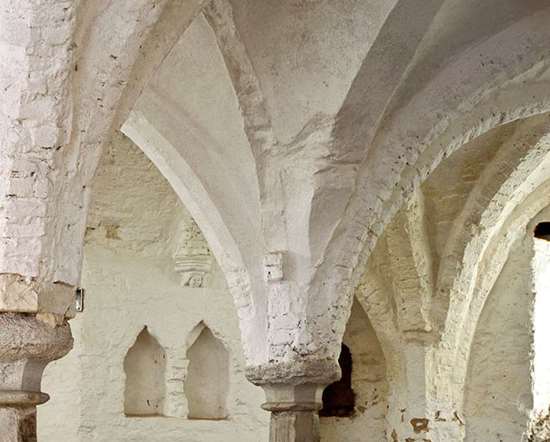
ST OLAVE'S PRIORY
12 miles from Flixton (The Saints Ward) Parish
The wonderfully complete 14th century brick-vaulted refectory undercroft - later a cottage occupied until 1902 - of a small Augustinian priory.
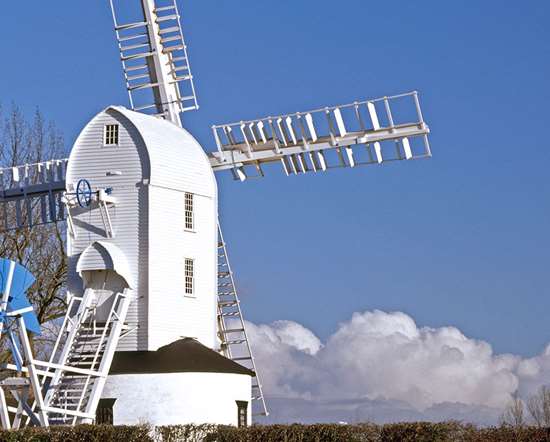
SAXTEAD GREEN POST MILL
14 miles from Flixton (The Saints Ward) Parish
Saxtead Green Post Mill is a corn mill, whose whole body revolves on its base and was one of many built in Suffolk from the late 13th century.
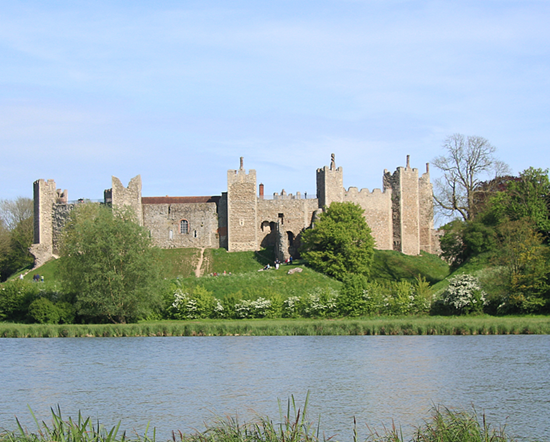
FRAMLINGHAM CASTLE
15 miles from Flixton (The Saints Ward) Parish
Framlingham Castle is a magnificent 12th century fortress with a long and colourful past which makes a fascinating family day out in Suffolk.
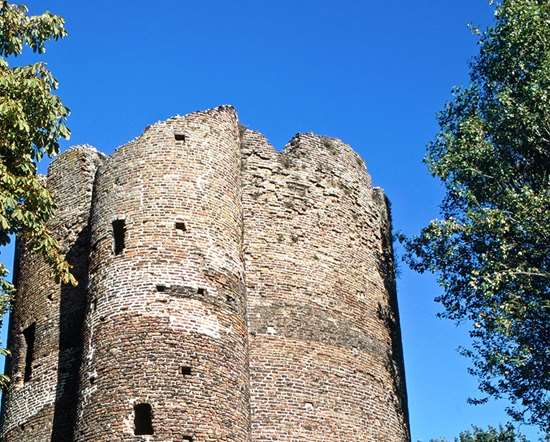
COW TOWER, NORWICH
15 miles from Flixton (The Saints Ward) Parish
One of the earliest purpose-built artillery blockhouses in England, this brick tower was built in c.1398-9 to command a strategic point in Norwich’s city defence.
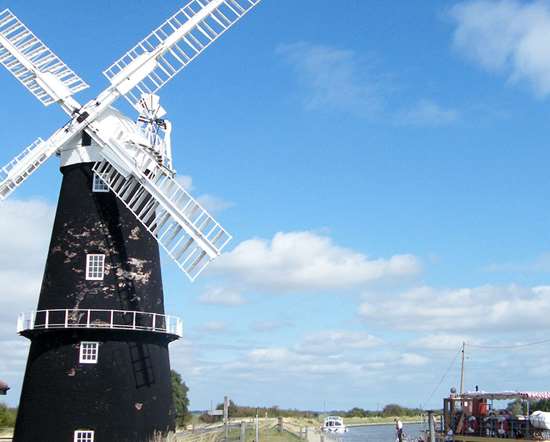
BERNEY ARMS WINDMILL
15 miles from Flixton (The Saints Ward) Parish
Visit one of Norfolk's best and largest extant marsh mills, built to grind a constituent of cement and in use until 1948, finally pumping water to drain surrounding marshland.
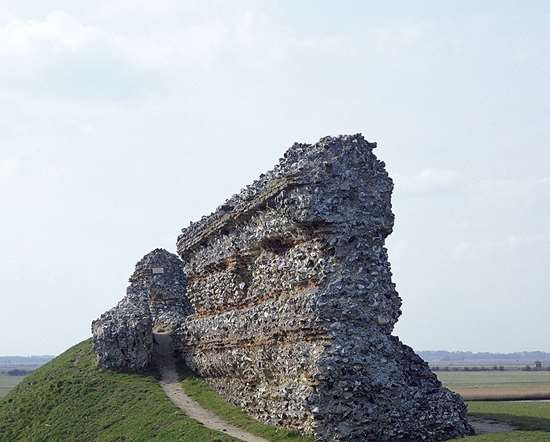
BURGH CASTLE ROMAN FORT
15 miles from Flixton (The Saints Ward) Parish
The imposing stone walls, with added towers for catapults, of a Roman 3rd century ‘Saxon Shore’ fort. Enjoy panoramic views over Breydon Water, into which the fourth wall long since collapsed.
Churches in Flixton (The Saints Ward) Parish
Flixton, St Mary
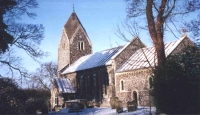
Abbey Road
Flixton
Bungay
01986 781345
The church traces its origins to the mission of St. Felix, Bishop of Burgundy who established Christianity in East Anglia in the seventh century. The first church building, of timber; wattle and thatch was built about 700 AD. In Saxon times a stone church and tower were built.
When the Norman nave and chancel were added, a priory for eighteen nuns of the Augustinian order was founded by Margaret de Creke in 1258. The Prioress then appointed the vicars of Flixton. The Black Death of 1349 impoverished the priory whose income derived from land in Norfolk. As a result the chancel of the church, for which it was responsible, fell into ruins. In 1528 Flixton priory, along with all monastic foundations in England, was disendowed by Henry VIII's chancellor; Cardinal Wolsey and leased for £38 a year. The bitter religious spirit of the times was displayed at Flixton when a vicar, John Daynes, was deprived of his living for refusing to use the sign of the cross in baptism, refusing to wear a surplice and calling his congregation "caterpillars, and worse".
In 1855, with the chancel still in ruins, the old Saxon tower finally collapsed. In 1861 the whole church was virtually rebuilt by Sir Robert Shafto Adair. The North arcade is the only part of the original building visible, and there remains a debate as to whether the tower is a copy of what was there before, or an entirely new creation. If the former, it would be an extremely important addition to the story of Saxon church-building, the only surviving example being that of the parish church of Sompting in West Sussex. If the latter, then it is still, as Arthur Mee says in his King's England volume on Suffolk, 'a rare copy of Saxon craftsmanship. "
In 1893 the chancel was restored by Sir Hugh Edward Adair, with a floor of gleaming coloured Devonshire and Irish marble, and a striking carved and panelled reredos. Elegant choir stalls were made, and new glass depicting Moses, Elijah, David, Peter and Paul, placed in the lancet windows. An Easter Sepulchre was also constructed on the north wall.
Two years later the unique chapel with the figure of Theodosia Lady Waveney was erected at the north-western corner of the church. She was the wife of Sir Robert Shafto Alexander Adair, later Baron Waveney. With its fan-vautled roof and clustered columns, Arthur Mee considers it to be "worthy of a cathedral". Its centrepiece is a fine. marble statue of Theodosia kneeling on an alabaster pedestal, which is executed in sentimental style by the sculptor John Bell, whose Babes in the Wood can be seen in Norwich Castle Museum.
The flamboyant architect of the church restoration, Anthony Salvin, left very little of the original medieval fabric - only the 13th century pillars survive, although the building was remodelled along the lines of the earlier one. Some of the bench ends also appear to be medieval, whilst the Jacobean linen-fold pulpit bears the arms of its donor. Mee considers the furnishings to be "dignified and beautiful", and points out that on one of the many carved poppy-heads in the chancel is depicted a model of the church.
A little chapel at the eastern end of the north aisle was dedicated in the 1920's to the Mothers Union, and has an altar of Flixton oak, along with a small bronze crucifix in memory of the eight local men who did not come back from the Great War. In the Second World War the nearby Flixton aerodrome became the base for the 446th Bomb Group USAF, and a memorial book records the names of those who flew off and did not come back. The connection with former members of this Group has continued, and as well as various photographic and other ephemera in the display case, there are a pair of memorial gates at the entrance to the churchyard, donated by the survivors, and a Garden of Remembrance.
The church has recently used some of its resources to buy back, on behalf of its village, part of the old Glebe land abutting the churchyard. In 2016 the nave roof was extensively restored, the new timbers being left unstained so that the repairs can be seen.
Flixton church continues to provide a spiritual heart for its community. With a regular pattern of services, in both traditional and modem language, it remains open for public worship, private prayer and quiet reflection throughout the changing seasons of the year.
Pubs in Flixton (The Saints Ward) Parish
Buck Inn
 The Buck is an old half-timbered pub that reopened in Nov 2021. The bar serves beers supplied by nearby Stow Fen Brewery and Greene King. There is a main bar area with fireplace, a separate dining room and a large snug with comfortable seat...
The Buck is an old half-timbered pub that reopened in Nov 2021. The bar serves beers supplied by nearby Stow Fen Brewery and Greene King. There is a main bar area with fireplace, a separate dining room and a large snug with comfortable seat...
